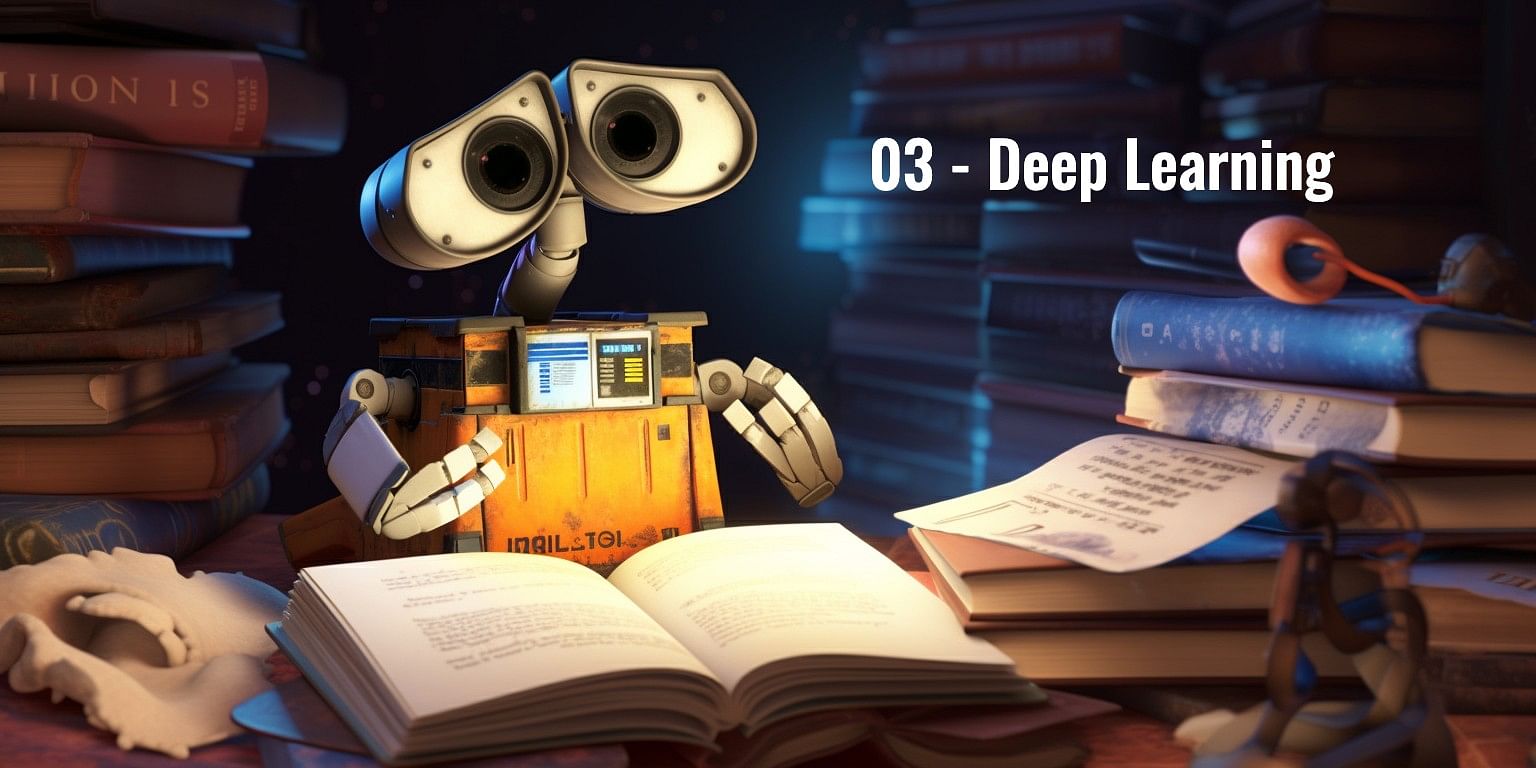Deep Learning is a type of artificial intelligence (AI) that uses neural networks with multiple layers to learn and extract increasingly complex features from data. Deep Learning is the foundation of many of the most impressive AI breakthroughs in recent years, including self-driving cars, speech recognition, and computer vision.
The key innovation behind Deep Learning is the use of multiple layers of nodes, which allows the network to learn progressively more abstract and complex representations of the data. In traditional neural networks, there’s only one hidden layer of nodes, which limits their ability to handle complex tasks.
Deep Learning has been used to achieve remarkable results in a wide range of applications. For example, Deep Learning has been used to create computer vision systems that can accurately recognise objects and people in images and videos. It’s also been used to create speech recognition systems that can accurately transcribe spoken words and phrases.
One of the key advantages of Deep Learning is its ability to learn from unstructured data. In other words, Deep Learning can learn from data that hasn’t been pre-processed or labeled, which makes it a powerful tool for tasks like natural language processing and image recognition.
However, Deep Learning can also be computationally expensive to train, requiring large amounts of data and processing power. There’s also a risk of overfitting, which occurs when the network becomes too complex and starts to memorise the training data rather than learning general patterns.
Despite these challenges, Deep Learning is an important tool in the AI toolkit and has enabled many of the recent breakthroughs in AI. As AI continues to evolve, we can expect to see even more sophisticated Deep Learning models and applications in the future.
In future articles, we’ll dive deeper into some of the other AI terminologies, like Natural Language Processing, Reinforcement Learning, and Computer Vision. We’ll explain what they are, how they work, and why they’re important. By the end of this series, you’ll have a solid understanding of the key concepts and ideas behind AI, and you’ll be well-equipped to explore this exciting field further.










